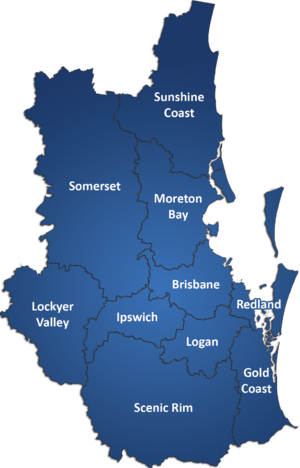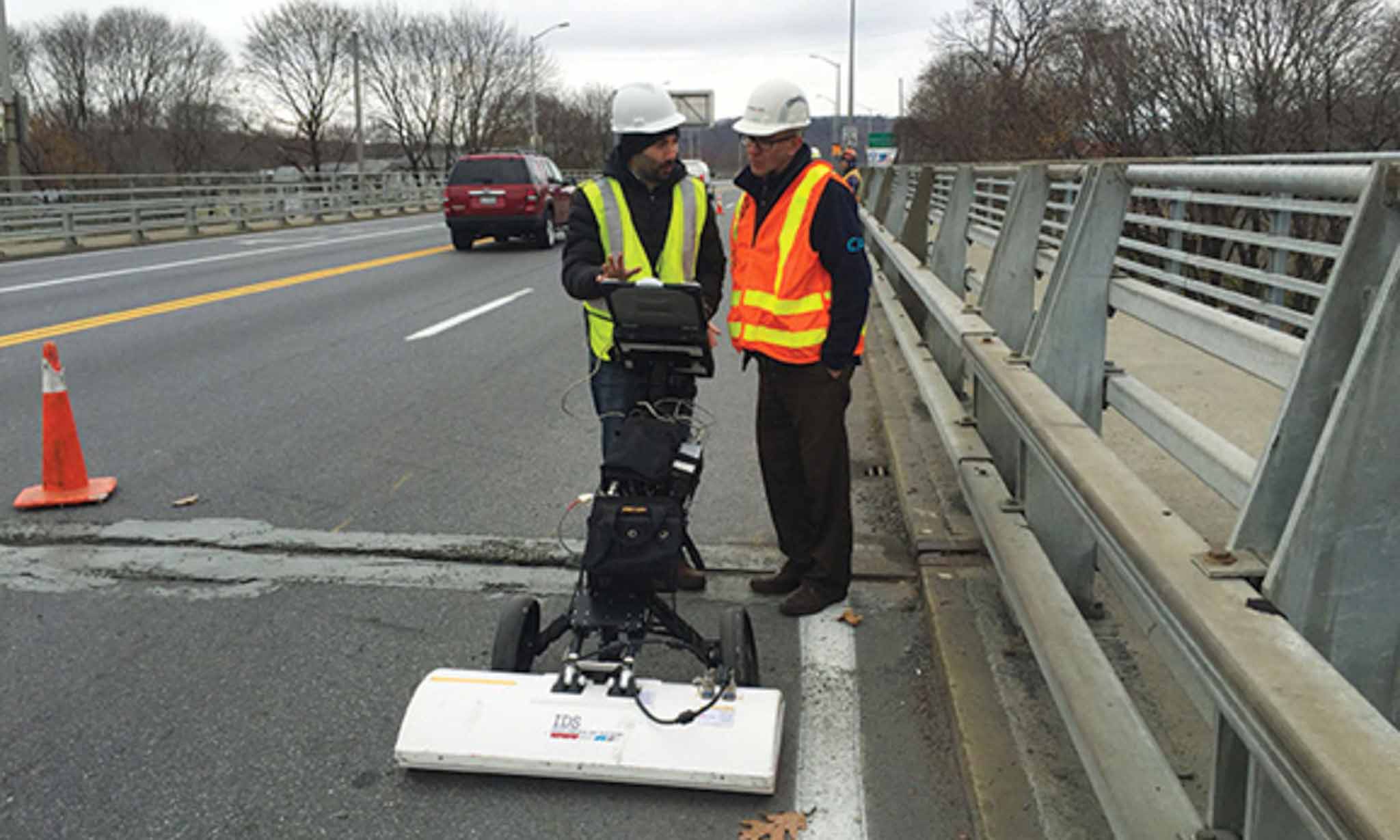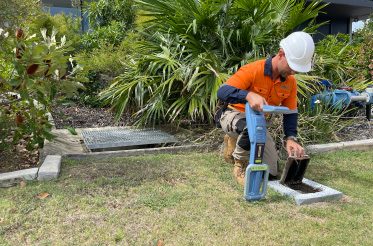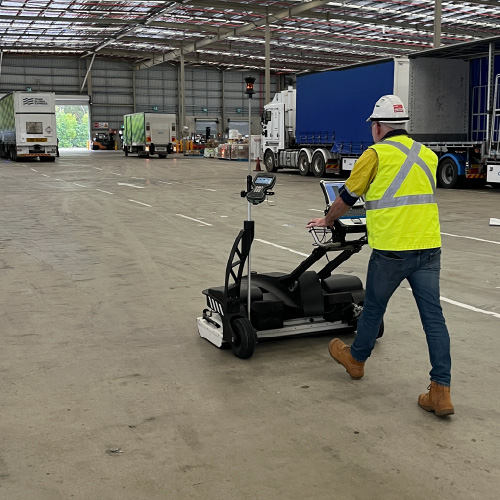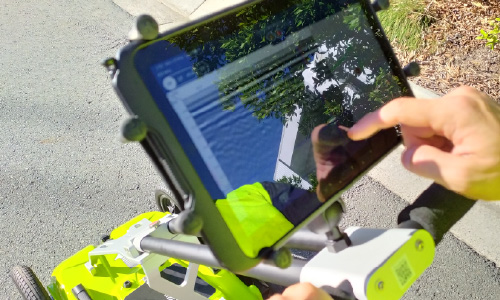Is Your Construction Process Stuck in the Past? The Future Is Already Here.
Imagine planning a major build — only to find out halfway through that you’ve hit a buried utility or missed a design flaw that could have been detected weeks earlier. In today’s rapidly advancing construction industry, relying on outdated methods isn’t just inefficient — it’s risky. Technologies like Ground Penetrating Radar (GPR), drones, and 3D modelling are revolutionising how projects are planned, managed, and completed, bringing unprecedented accuracy, safety, and efficiency to every stage of construction.
- In this blog, you’ll learn:
- How cutting-edge tools like GPR and drones are transforming the construction industry
- The real-world benefits of adopting modern construction technology
- The latest innovations beyond GPR and drones — including BIM, 3D printing, and robotics
- How these technologies improve safety, efficiency, and sustainability on-site
Understanding Ground Penetrating Radar (GPR)
GPR is a non-invasive scanning technology that uses radar pulses to detect objects or changes in material beneath surfaces. It is increasingly used in construction for:
- Locating underground utilities and pipes
- Scanning concrete slabs for embedded rebar and conduits
- Detecting voids, cracks, or anomalies before excavation or drilling
GPR has become an essential tool for construction teams who need precise subsurface information before beginning work.
Benefits of GPR
- Minimises accidental damage to buried utilities
- Provides accurate, real-time data for project planning
- Reduces costly delays and rework
Advantages of Using Drones
- Enhances safety by reducing manual inspections in dangerous zones
- Speeds up project monitoring and reporting
- Offers high-resolution visual data for stakeholders and clients
The Rise of Drones in Construction
Drones are transforming how construction projects are monitored and managed. Aerial drones equipped with cameras, sensors, and mapping software allow teams to:
- Monitor progress from above, providing real-time updates
- Conduct site inspections without physically entering hazardous areas
- Capture detailed images for surveys and reports
The combination of drones and digital modelling software allows construction teams to visualise projects in 3D, track progress, and identify potential issues before they become costly problems.
Beyond GPR and Drones: Emerging Construction Technologies
In addition to GPR and drones, several other technologies are shaping the future of construction. Adopting these technologies allows construction companies to stay competitive, reduce risks, and deliver higher-quality projects more efficiently.
Building Information Modelling (BIM)
- BIM allows for detailed digital representation of buildings
- Enhances collaboration between architects, engineers, and contractors
- Reduces design errors and streamlines planning
3D Printing
- Rapidly producing building components on-site
- Reduces material waste and accelerates construction timelines
- Offers potential for custom designs and innovative structures
Robotics and Automation
- Robots are increasingly used for repetitive tasks like bricklaying and welding
- Improves efficiency and consistency
- Minimises human exposure to hazardous conditions
Improving Safety and Efficiency
Modern construction technology significantly improves workplace safety and operational efficiency. For example:
- GPR prevents accidental strikes to underground utilities that could cause injuries or project delays.
- Drones allow for remote monitoring of high-risk areas, reducing the need for workers to enter dangerous zones.
- Robotics and automation minimise repetitive strain and exposure to hazardous environments.
By leveraging these tools, companies can create safer job sites, reduce downtime, and improve overall project outcomes.
Real-World Applications
Construction sectors are already benefiting from these technologies:
- Commercial Projects: Large-scale buildings use GPR and BIM to prevent utility conflicts and optimise designs.
- Infrastructure Development: Roads, bridges, and tunnels benefit from drone inspections and subsurface scans for planning and maintenance.
- Residential Construction: Builders use drones for site surveys, progress reports, and marketing, while GPR ensures safe excavation and installation of foundations.
These applications demonstrate the versatility of advanced construction technologies across multiple industries.
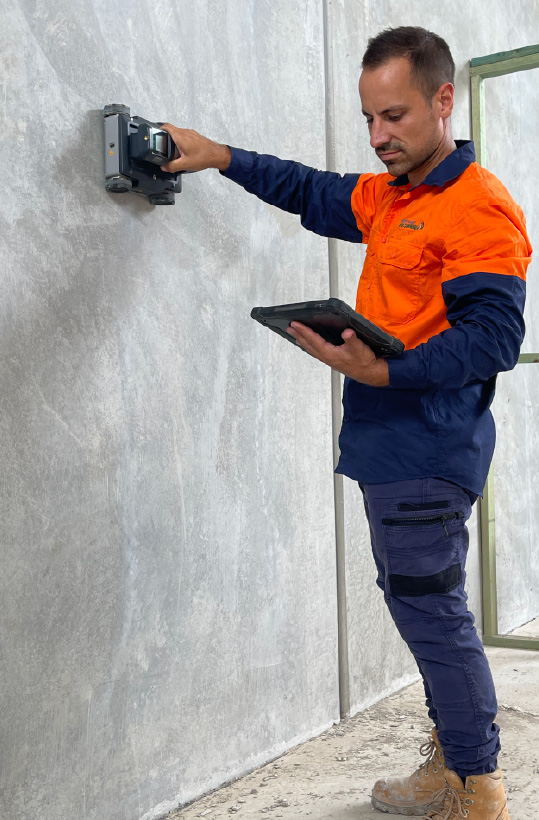
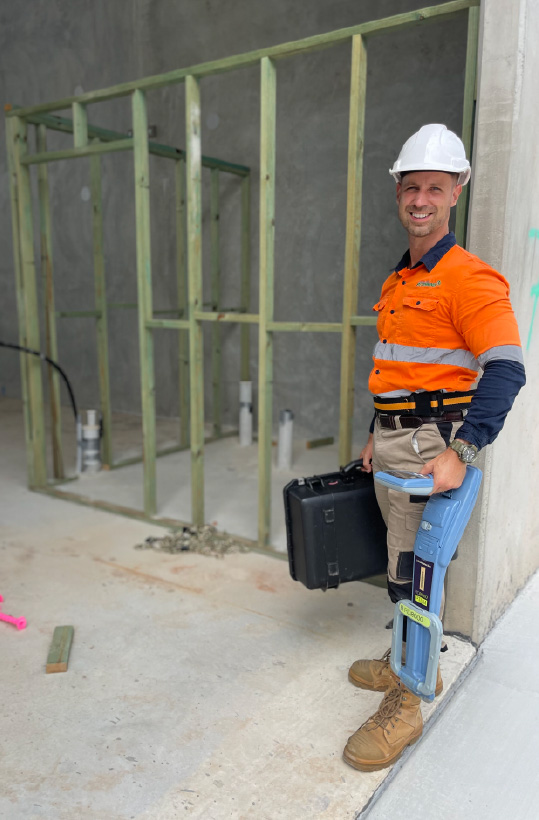
The Environmental Impact
Emerging construction technologies also help reduce environmental impacts:
- Precision excavation with GPR reduces unnecessary soil disturbance
- Drones limit the need for vehicles and reduce fuel consumption during inspections
- 3D printing and BIM optimise material usage and reduce waste
By incorporating technology into construction processes, companies can achieve sustainability goals while maintaining efficiency and quality.
Preparing for a Technology-Driven Future
- Construction professionals can prepare for technological adoption by:
- Investing in training for GPR, drones, and other emerging tools
- Upgrading equipment and software to integrate with modern workflows
- Collaborating with technology providers for customised solutions
- Keeping abreast of industry trends and innovations
Challenges and Considerations
Despite the clear benefits, integrating technology into construction comes with challenges. Addressing these challenges with proper planning, training, and software solutions ensures a smooth adoption process and maximises return on investment.
Cost
Initial investment in equipment and training can be high
Regulations
Drone usage and data management are subject to legal compliance
Data Overload
Large volumes of information from GPR scans and drone footage require efficient management and analysis
Integrating GPR and Drones for Maximum Impact
While GPR and drones are powerful individually, their combined use can provide unparalleled insights. For example, a drone can map a construction site from above, highlighting potential problem areas, while GPR scans those same areas underground to locate utilities, voids, or reinforcement. Integrating these technologies into project workflows allows construction teams to plan more accurately, avoid costly errors, and maintain a safer work environment.
Training and Workforce Adaptation
Adopting advanced construction technologies requires a workforce that is comfortable using them. Companies should invest in ongoing training for employees, ensuring that operators understand how to collect, interpret, and act on data from GPR scans, drone surveys, and BIM models. Upskilling staff not only improves operational efficiency but also encourages innovation on-site, as workers can leverage technology to identify solutions and optimise processes.
Looking Ahead: The Future of Construction Tech
The evolution of construction technology is far from over. Artificial intelligence (AI), augmented reality (AR), and machine learning are poised to complement existing tools like GPR and drones. Predictive analytics could forecast structural issues before they arise, while AR overlays may allow workers to see underground utilities in real-time. Staying informed about these trends ensures that construction companies remain competitive and ready to adopt technologies that further enhance safety, efficiency, and project quality.
Southeast Scanning:
Specialists In Costruction Technology
The future of construction is technology-driven, with tools like GPR, drones, BIM, robotics, and 3D printing revolutionising how projects are designed, executed, and maintained. These innovations improve safety, efficiency, and accuracy while reducing costs, material waste, and environmental impact.
Companies that embrace these technologies now are positioning themselves for success in a competitive and rapidly evolving industry. By staying informed and investing in training and infrastructure, construction professionals can fully leverage the benefits of these advanced tools.
Ready to plan your next construction project? Partner with a technology-focused provider to integrate GPR, drones, and other innovative tools into your projects, improving efficiency, safety, and outcomes for every build.

